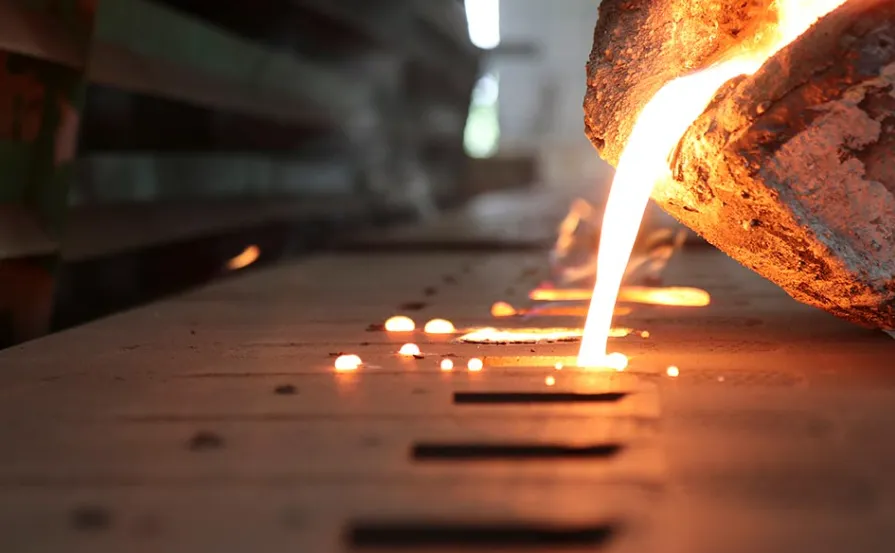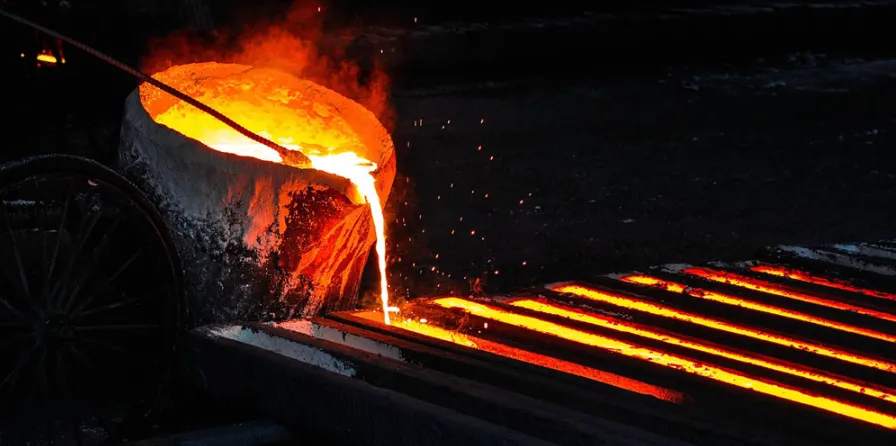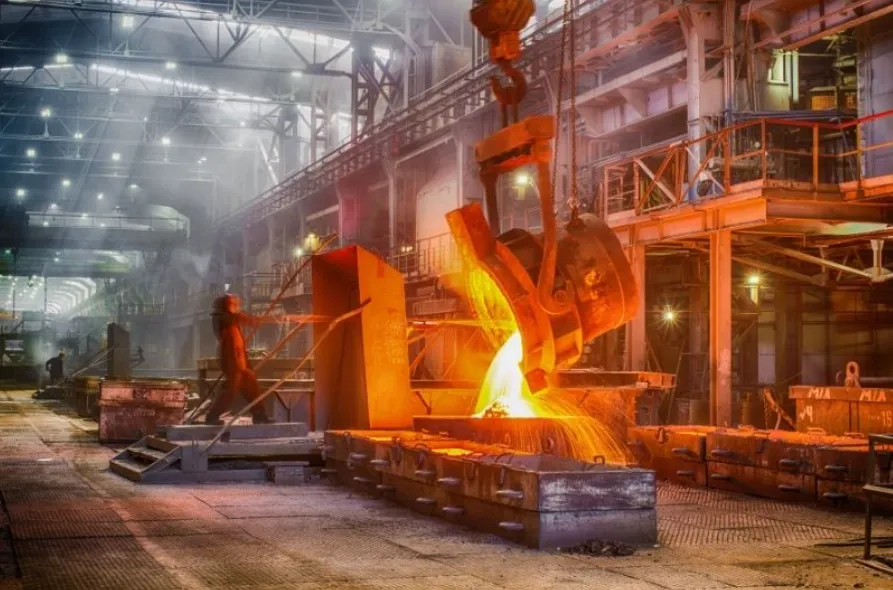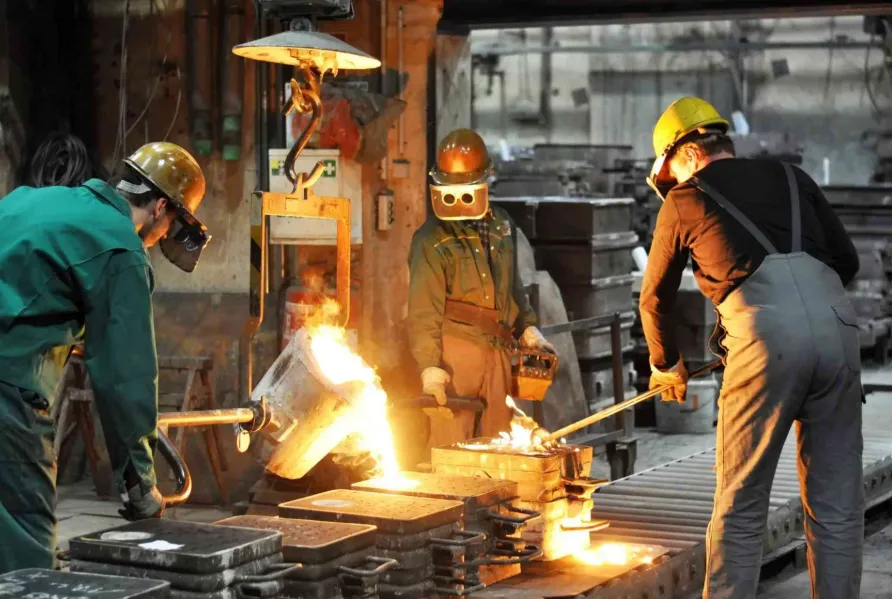The term casting meaning encompasses far more than simply pouring molten metal into molds—it represents a complex interplay of material science, engineering precision, and cultural significance that has shaped human civilization for millennia. In modern manufacturing contexts, casting delivers components with structural integrity unattainable through other methods—forged aluminum aircraft brackets exhibit 25% lower fatigue life compared to their cast counterparts when both are produced from 356-T6 alloy. Metallurgical analysis reveals why: the controlled solidification of castings preserves isotropic grain structures that distribute stress more evenly than the directional grain flow of forged parts. This fundamental advantage explains why 90% of all industrial machinery contains cast components, from 500-ton steel mill housings to micro-scale zinc alloy dental implants with 50-micron feature resolution.
 The meaning of casting extends into material innovation, where advanced alloys push physical limits. NASA’s development of hafnium carbide-tantalum carbide (Ta4HfC5) investment castings for rocket nozzles demonstrates this—these components withstand 4,500°C exhaust temperatures, exceeding the melting point of most superalloys by 1,000°C. Similarly, biomedical casting of cobalt-chrome (ASTM F75) achieves 1,200 MPa yield strength in artificial joints through vacuum casting techniques that eliminate oxide inclusions smaller than 5 microns. Such precision directly translates to clinical outcomes—studies show vacuum-cast orthopedic implants exhibit 40% lower inflammatory response compared to machined equivalents due to superior surface homogeneity.
The meaning of casting extends into material innovation, where advanced alloys push physical limits. NASA’s development of hafnium carbide-tantalum carbide (Ta4HfC5) investment castings for rocket nozzles demonstrates this—these components withstand 4,500°C exhaust temperatures, exceeding the melting point of most superalloys by 1,000°C. Similarly, biomedical casting of cobalt-chrome (ASTM F75) achieves 1,200 MPa yield strength in artificial joints through vacuum casting techniques that eliminate oxide inclusions smaller than 5 microns. Such precision directly translates to clinical outcomes—studies show vacuum-cast orthopedic implants exhibit 40% lower inflammatory response compared to machined equivalents due to superior surface homogeneity.

Casting’s meaning as a cultural artifact persists alongside its technical evolution. The 2,300-year-old cast bronze ritual vessels of China’s Zhou Dynasty required ceramic mold assemblies with 0.1mm precision—a standard rivaling modern investment casting tolerances. Contemporary artists like Ai Weiwei employ aluminum sand casting to create monumental sculptures, deliberately preserving mold seams and surface imperfections as aesthetic statements about industrial authenticity. This duality—where casting serves both ultra-precise engineering and expressive artistry—reveals its unique position among manufacturing processes.
Digital transformation has redefined casting’s operational meaning. Foundries now combine 3D-printed sand molds (achieving ±0.25mm accuracy) with real-time X-ray monitoring during pours—a system that detects shrinkage porosity in large steel castings with 98% reliability before solidification completes. The automotive industry’s shift to electric vehicles illustrates this evolution: Tesla’s gigacasting machines produce 1.8m x 1.5m aluminum underbody frames in single pours, eliminating 70 welded components while improving torsional rigidity by 30%. Such advancements rely on computational fluid dynamics simulations that model mold filling patterns to within 3% of actual results, reducing trial-and-error prototyping from months to days.

The environmental meaning of casting has undergone radical reassessment. Modern closed-loop foundries recycle 95% of sand molds and recover 99% of metal from runners and risers—a stark contrast to mid-20th century practices where 40% of poured metal became scrap. Novel binder systems like furan resins cut VOC emissions by 80% while maintaining core strengths exceeding 200 psi. Perhaps most significantly, the development of low-carbon cast iron alloys (producing 60% fewer CO₂ emissions during smelting) positions casting as unexpectedly sustainable—lifecycle analyses show cast iron drainage components last 150 years versus 30 years for plastic alternatives.

Casting’s meaning as a knowledge system emerges in specialist training protocols. German foundry apprentices undergo 3.5 years of training to master the 27 critical parameters controlling gray iron solidification—skills measurable in the 0.003mm/mm dimensional stability they achieve in machine tool castings. This human expertise complements AI systems like Sinto’s Foundry 4.0 platform, which uses machine learning to optimize pouring temperatures within ±5°C windows based on 200+ real-time sensor inputs. The result? Automotive cylinder blocks with consistently controlled pearlite matrix structures yielding 230 Brinell hardness ±5 points across entire production runs.
As additive manufacturing disrupts traditional processes, casting’s meaning evolves through hybridization. GE Aviation’s combination of 3D-printed ceramic cores with conventional investment casting produces turbine blades with 150 internal cooling channels—impossible to machine but essential for 1,700°C operation. Meanwhile, binder jetting of sand molds enables geometrically complex castings like Siemens Energy’s gas turbine combustors with conformal cooling passages that improve efficiency by 2%—a massive gain in power generation terms. These innovations preserve casting’s core meaning while expanding its capabilities beyond ancient founders’ wildest imaginations.

From Bronze Age artifacts to Mars rover components, casting meaning continues to accumulate layers—as manufacturing process, cultural practice, environmental solution, and technological frontier. Its enduring relevance stems from an unmatched capacity to transform liquid metal into objects of utility and beauty while adapting relentlessly to new materials, digital tools, and societal needs. The next chapter may involve quantum-computed solidification models or room-temperature liquid metal casting—but the essential meaning will persist: humanity’s ability to shape the material world through controlled transformation.




